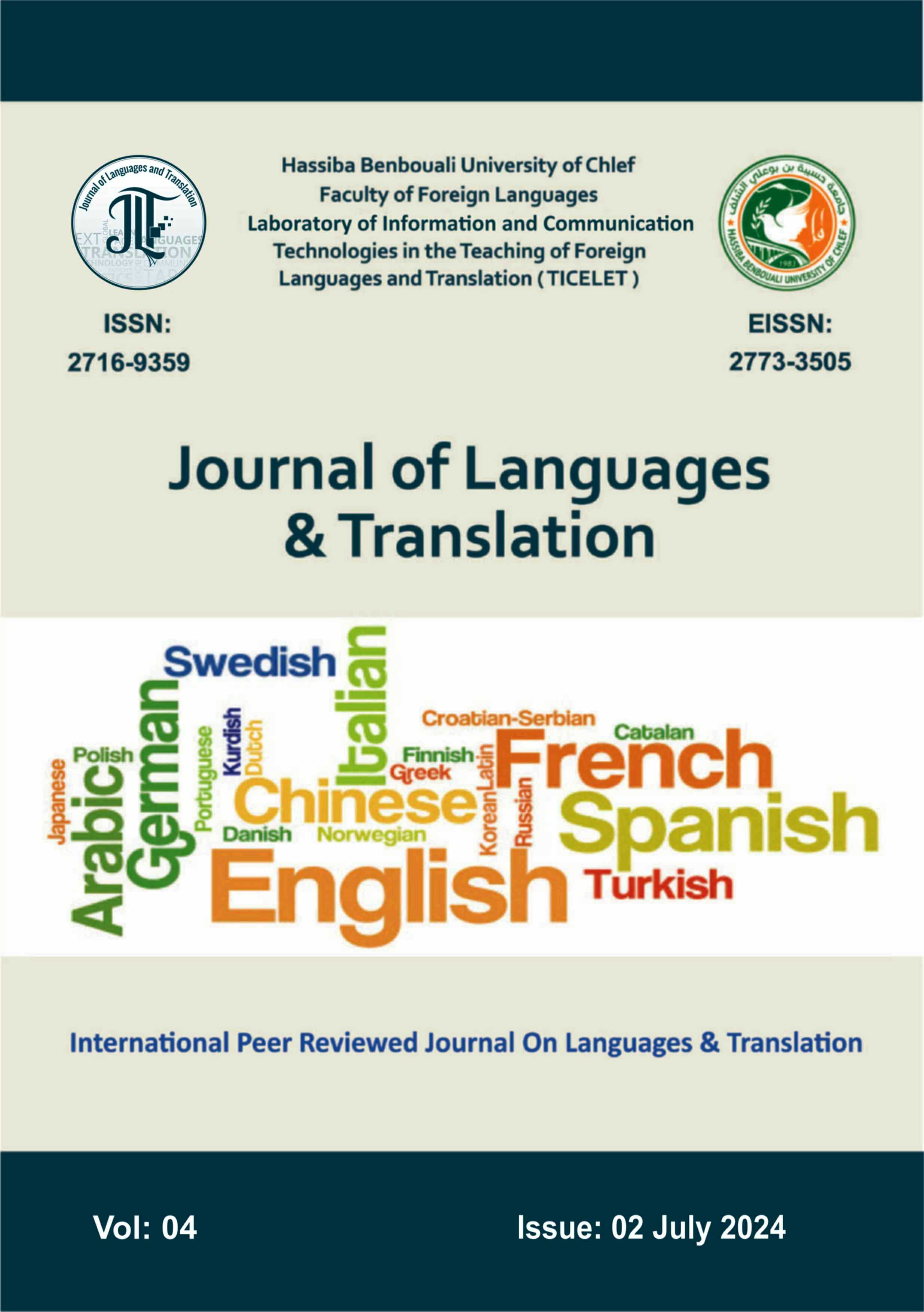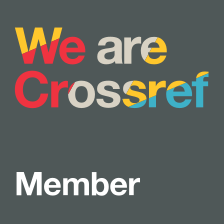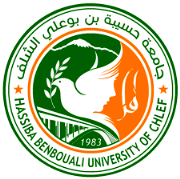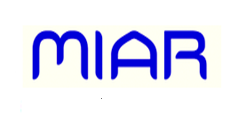Crossing of Maghrebi Writings and Identities in French Cinema: “Un prophète” and “Fatima”
DOI:
https://doi.org/10.70204/jlt.v4i2.602Palavras-chave:
Multimodal film discourse, Maghrebi migration, Written textResumo
The aim of this article is to address the written form of language significantly integrated into certain films, in order to demonstrate the relevance of studying this mode of expression for an integral understanding of the filmic discourse. The proposed methodological approach will start from the recognition of the multimodal nature of cinematic discourse from a semio-pragmatic consideration of fictionalisation, while at the same time demonstrating the significant relevance of written text integrated at the same level as other modes and media of communication and expression in the multi-faceted discourse that all films constitute. From this perspective, the taxonomic analysis of the 'text-written' mode, a mode with a hybrid reality (text-image and text-code), in the films Un prophète (J. Audiard) and Fatima (Ph. Faucon) highlights the importance of taking into account the written manifestations of languages in order to broaden the view of the configuration of North African presences in French cinematographic discourse and in the French society represented therein.














